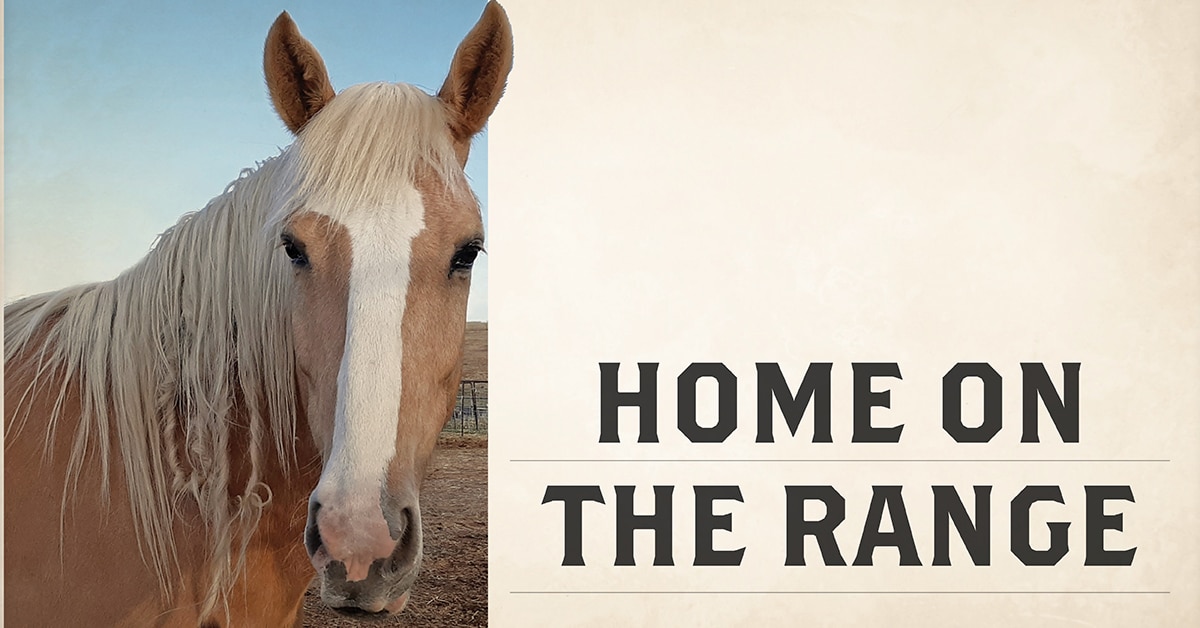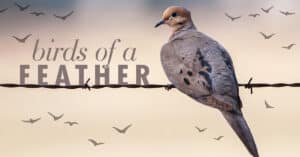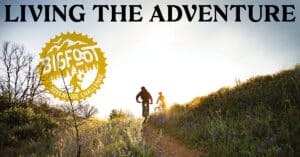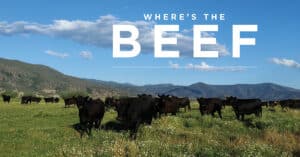Home on the Range
The Mustang Project…
In 1999, Tracy Mohr adopted her first wild mustang. She had grown up with horses, but all of them had been tamed. When Mohr ended up in Northern California, she found herself in a position to have a horse, adopted one from the Bureau of Land Management (BLM), and her life has never been the same.
“I had no idea that there were wild horses in the West,” Mohr says. “I adopted a six-month-old wild Fell and learned to train him. That was a new experience for me. I created such a bond with him in the training process and want to share that with kids.”

Mohr got more involved with the wild horses, explaining that not only does the BLM manage wild horses, but other federal agencies do, as well. The horses that lived on the 575,000-acre Sheldon National Wildlife Refuge in northern Nevada were managed by the U.S. Fish and Wildlife Service. These horses are not protected by the Wild Free-Roaming Horse and Burro Act enacted in 1971, which means that in the past, management has rounded up herds of those wild horses and either sent them to slaughter or used them for experimental fertility control (the Fish and Wildlife Service’s intent was to remove all the horses off the Sheldon Refuge by 2017).
Shortly after Mohr trained her first wild horse, she incorporated The Mustang Project – a sanctuary for wild mustangs. The Mustang Project had 13 acres of land close to Chico for a while before the owner wanted the land back. In the fall of 2014, The Mustang Project agreed to take in 60 horses from the Fish and Wildlife Service, requesting the ones that were most at risk of going to slaughter – like the senior horses and/or the ones with injuries that made them unadoptable.

The Mustang Project thought they had secured 150 acres of land for the sanctuary, but that ended up falling through. “We had 60 horses coming to us and nowhere to put them,” Mohr says.
The Mustang Project eventually found land and took in a few of the historic Sheldon herd. They were all supposed to be gelded, but Mohr quickly learned that some were not sterile. “We had a couple of surprise foals,” she says with a laugh. Now all 18 of the remaining Sheldon horses at the sanctuary are sterile; the other remaining horses have either been adopted out or died of old age or natural causes.
A few years ago, The Mustang Project secured 20 acres of land in Northern California and brought 27 horses back together again (with either their friends or family members). The nonprofit hopes to find a bigger piece of land in Northern California or Arizona to create a Mustang Sanctuary and Education Center as a permanent home for these horses. Along with being a place where mustangs can be gentled and trained, the nonprofit also wants to create a home for mustangs that should be left wild.
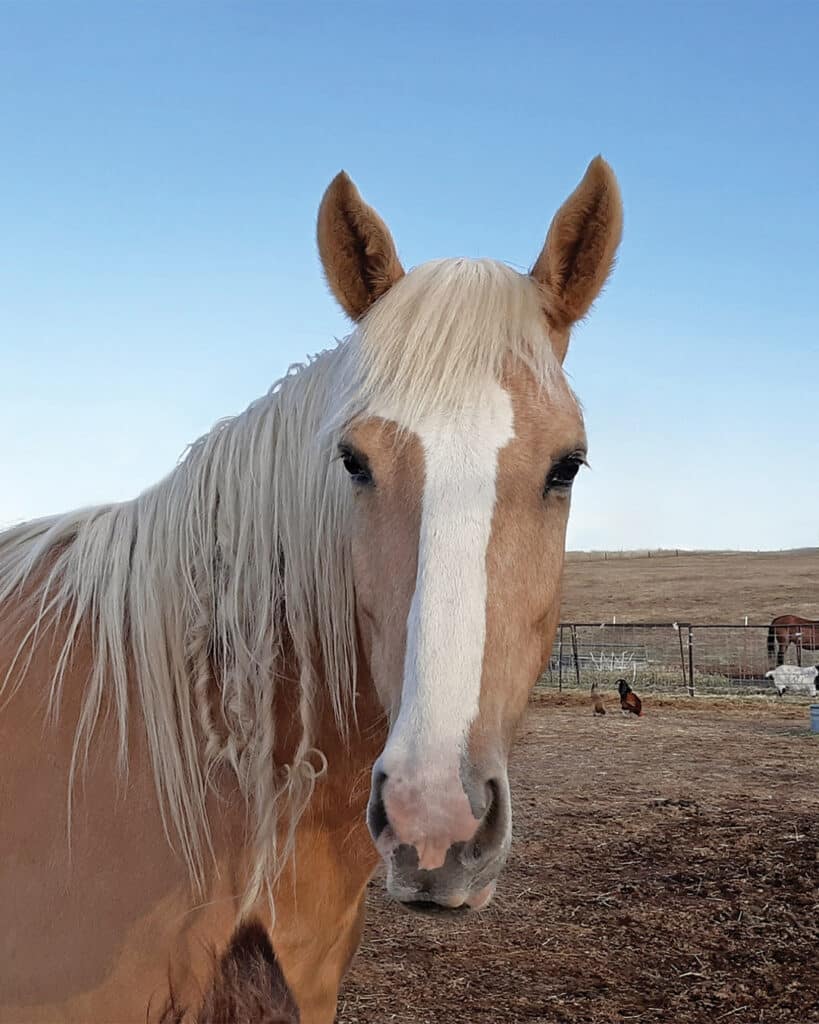
“Our long-term goal is to develop a youth program and a place where people can come and see the horses, take pictures and possibly camp overnight on the property. Some of the horses will come up to people and are curious, and some won’t come near people at all,” Mohr says. “There are fewer and fewer horses in the wild, and I think that this could help protect them.”
As its website states, the sanctuary horses may not be able to stay on their range, but with supporters’ help, at least they will still be free. •
The Mustang Project
www.themustangproject.org

